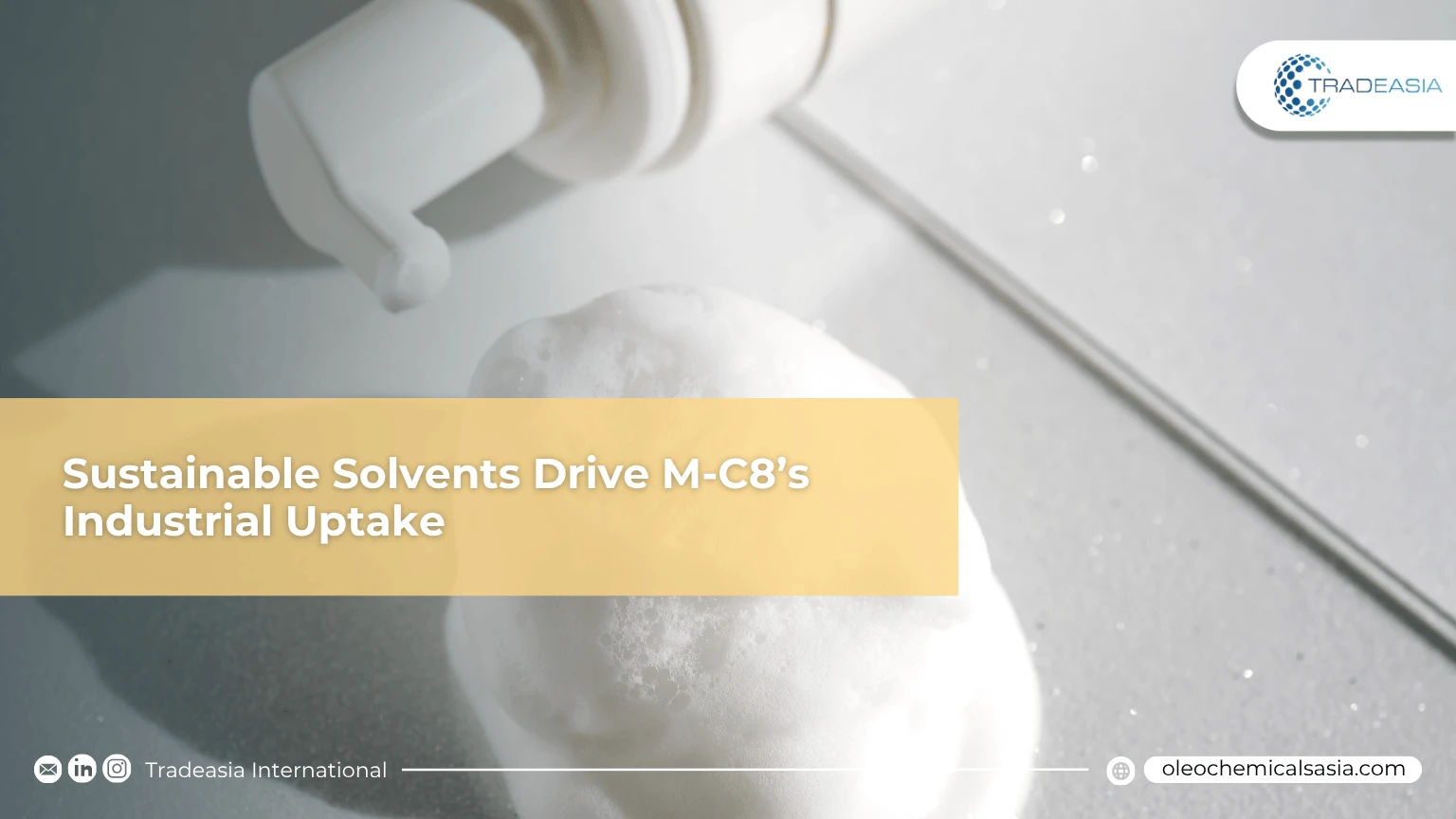M-C8's Industrial Revolution: Why Sustainable Solvents Are Driving November Volume Uptake

Table of Content
- The Accelerating Shift to Green Surfactants
- Volume Displacement and Regulatory Compliance
The convergence of corporate sustainability mandates and tightening environmental regulation is transforming the industrial use of Methyl Caprylate (M-C8). In November 2025, M-C8 is quickly becoming the bio-based solvent and detergent component of choice, moving beyond pilot programs into large-scale commercial application. This month’s procurement activity is fundamentally about long-term transition and forward planning for a greener supply chain.
The Accelerating Shift to Green Surfactants
The most compelling evidence of this transition lies in the rapid expansion of M-C8's derivatives, particularly Methyl Ester Sulfonate (MES). The MES market, which relies heavily on methyl esters like M-C8 for detergent formulations, is projected to achieve a Compound Annual Growth Rate (CAGR) of 12.6% from 2025 to 2029. This aggressive growth trajectory is a direct result of tightening environmental regulations in Europe and North America that favor bio-based surfactants. This dynamic environment requires partners with deep market intelligence. "Delivering sustainable palm derivatives is a commitment to the future, demonstrating that efficient, world-class supply chain management can be achieved without compromising global ethical and environmental standards." This ethos of sustainable trade is essential for clients navigating the complexity of green certification.
Volume Displacement and Regulatory Compliance
November procurement is heavily focused on the Industrial & Institutional (I&I) Cleaners segment, where firms are securing Q1 2026 inventory. This forward-looking activity is driving significant volume uptake, with an estimated 1,500 MT of less sustainable, traditional solvents being displaced by M-C8 this quarter alone. This shift is due to M-C8's outstanding environmental profile: it exhibits rapid biodegradability, with many studies showing more than 90% degradation typically achieved within one month. The need for regulatory compliance is making M-C8 a critical ingredient, not just a preference. The Biobased Oleochemicals Market is driven by the growing demand for renewable and biodegradable solutions, reinforcing M-C8’s status as a key enabler. This November activity confirms M-C8’s position as a key enabling chemical for the industry’s inevitable green future.
Sources:
-
The Business Research Company: Fatty Methyl Ester Sulfonate Market Share & Trends Report 2025 (Provides MES market size and 12.6% CAGR forecast).
-
ResearchGate: Degradation of fatty acid methyl esters in biodiesels exposed to sunlight and seawater (Context for M-C8/FAME biodegradability rate).
-
https://www.oleochemicalsasia.com

Leave a Comment